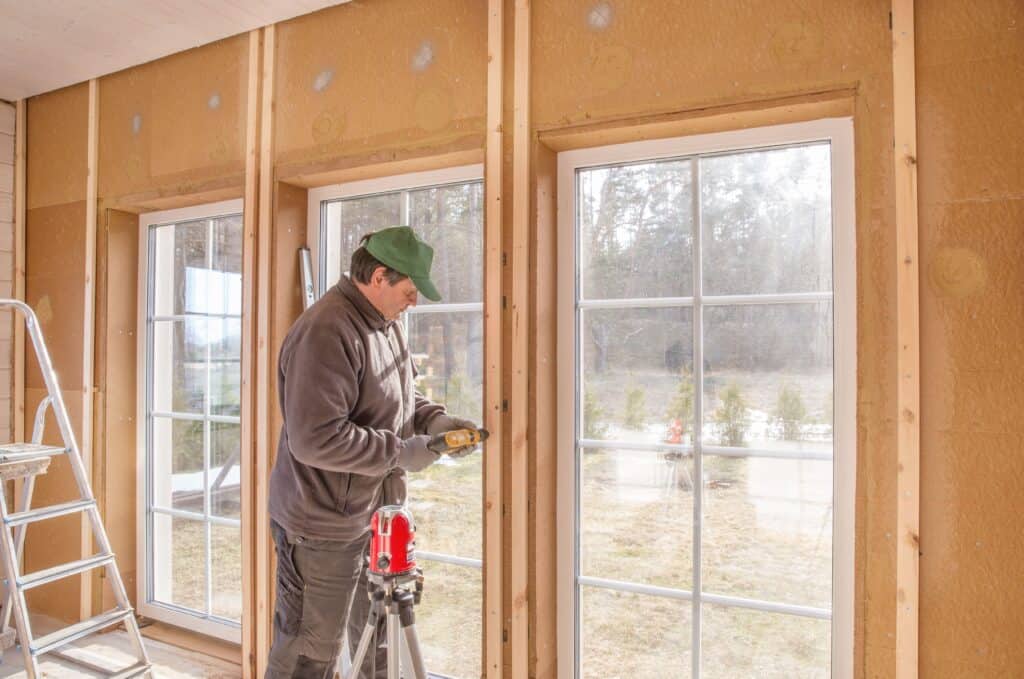Nesting and Roof Damage
How to Protect Your Roof from Bird Infestations
Spring is in the air, and it’s the ideal time for birds and other animals to make nests for their young. The animals that cause a problem with your home are most likely the ones who take up residence in the crevices. Birds such as woodpeckers can puncture holes big enough to put a football in. These birds often feed on carpenter bees which hide in the siding especially cedar plank siding. Carpenter bees are another set of problems, but we’ll examine that issue in a future blog.
This article focuses on the toll that wild animals and birds take on your roof and what you can do to protect your roof from nesting damage.
Nests Can Block Gutters
You’ve seen pieces of fallen nests on the ground or on the porch. Imagine if that chunk of pine straw was lodged in your gutter…this could lead to water damage if the water doesn’t have anywhere to run but up on the sides or onto the siding.
Birds especially favor soffits and corners of a roof. These are the areas where the gutters connect to the downspouts, providing not only shelter, but also a freshwater source. To prevent bird infestations, have your gutters cleaned at least once a year. Gutter guards and screens are good measures to prevent nest debris from clogging the gutter channels.
Birds, Bacteria, and Parasites
Not only can bird nests clog the gutters, but they can soil your roof and attic, causing damage and unhealthy conditions.
Remember, bird droppings are a source of viruses, bacteria, and fungi. Also, birds are often infected with insect parasites which can transfer to you and your family. In fact, birds can spread 60 birds-to-human transferred diseases. These parasites are fleas, ticks, lice, mites, and bed bugs.
Corrosion
Bird poop contains uric acid and large quantities of it can be corrosive to roofing material. The acid can weaken roofing materials like tar paper, roof tar, and shingles. The corrosive acid can burn away the protective coating of a shingle which would allow water to seep through causing damage.
You’ll want to trim or remove overhanging tree branches to prevent perching. Spikes and other objects can be placed strategically to discourage perching.
Need help?
An experienced roofing contractor like TruBlue Roofing and Remodeling can spot signs of bird nesting and infestations. Contact us today at (919) 589-7290 for a free roofing inspection and estimate.
Check out these blogs about other summer roofing problems and repairs:








